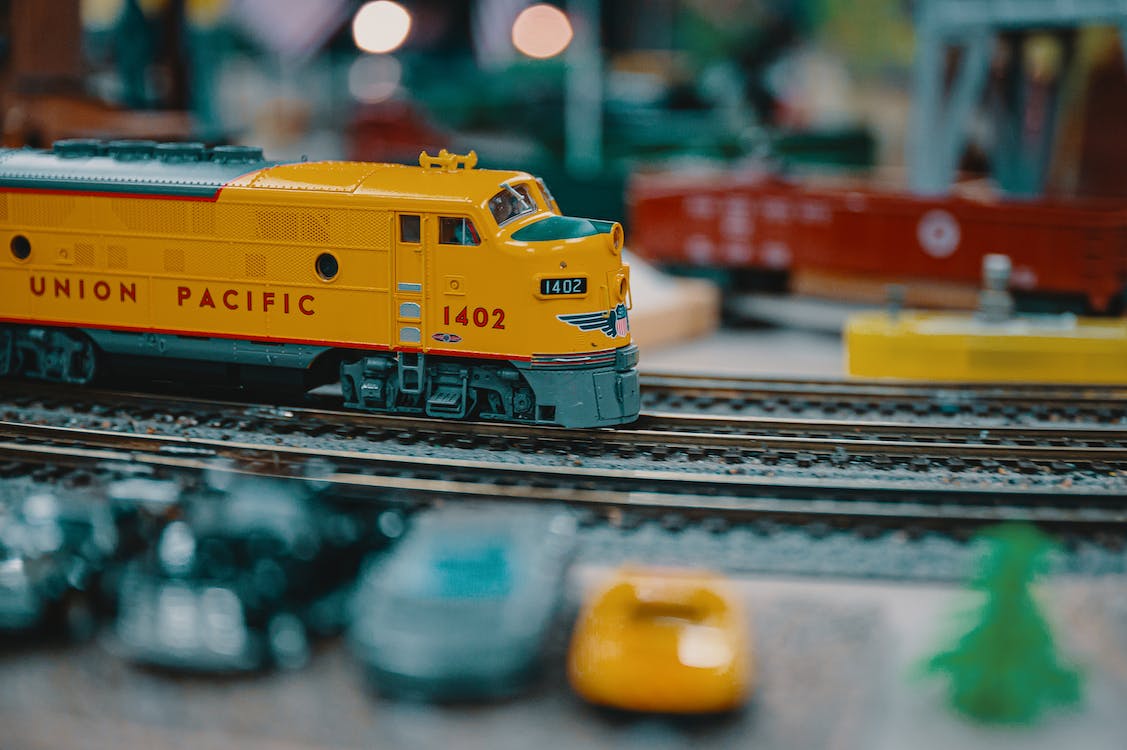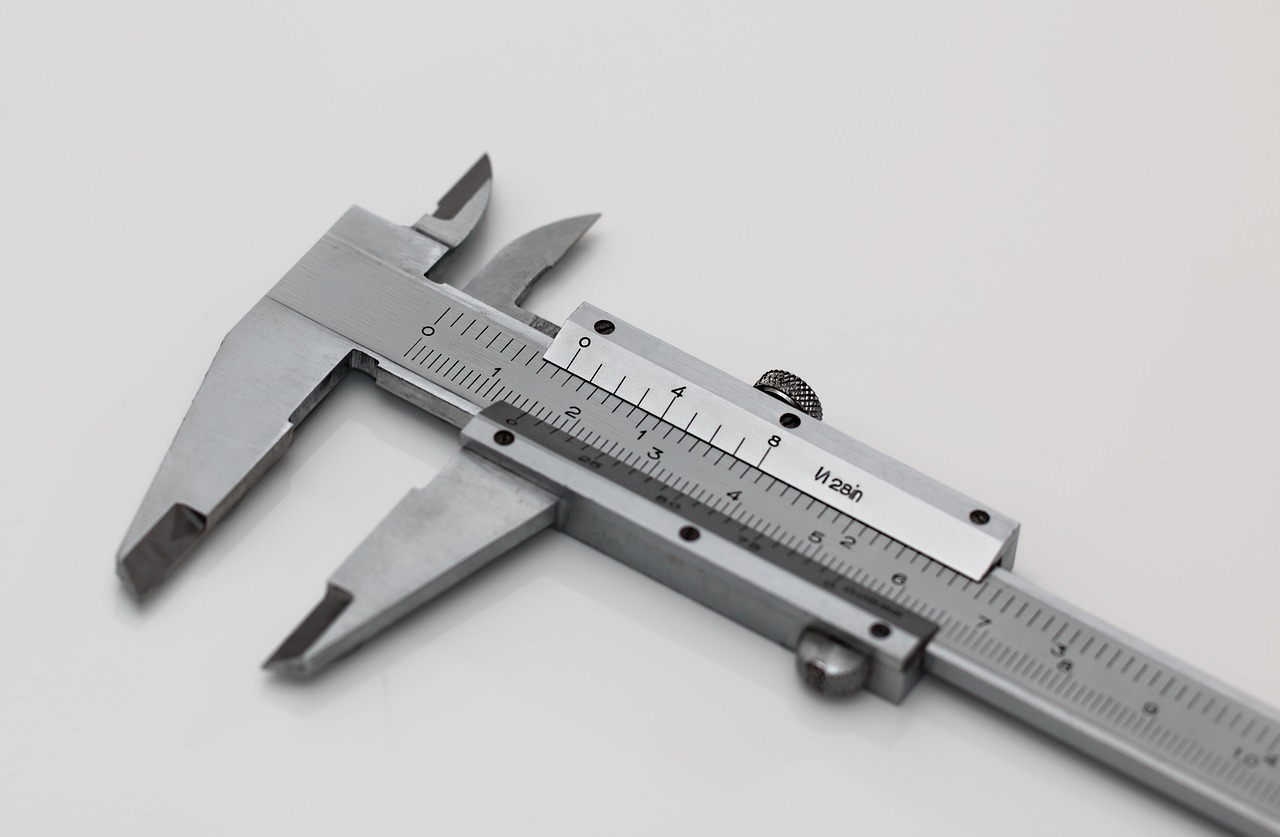Model Train Building: A Demanding Hobby
Model Trains must be built with precision and accuracy. Modelers invest serious effort, time, and resources to achieve that. They experiment with new techniques and tools that emerge every day to experiment with newer avenues.
Train Models are usually elaborate miniature landscapes with an operable life-like replica of a famous locomotive. The models vary in complexity and can range from simple to extensively detailed aesthetic landscapes. If you are a beginner to model train building, you would need to take everything slow so that you can learn the basics of the hobby step-by-step. Here is a Beginner’s Guide to Model Trains so that you can know more about the basics of building model trains.
What Makes The Process So Complex?
An evident factor that influences the complexity of the modeling process is the type of train being replicated. There are trains that are powered manually, electrically, or by steam. The electrical ones can even have complex electronics and automation to work with. Check out our Review of the Bachmann Trains Chattanooga Electric Train Set for more information on electric trains and how they work.
Furthermore, the train tracks and other components also add to the complexity of the train model. The more components of the train to work with, the more complex the model becomes.
On top of that, there is the “scale” that needs to be considered. There are many scales to choose from, like the HO, N, etc., with size differences and complex challenges of their own. For example, a smaller scale like the N scale needs more control, precision and skill to make. Check out The Guide to Selecting a Model Train Set to know more about model train scales.
The extent and depth of details matter a lot. The modeler might have to work with 3D printing or use advanced modeling tools or software to make intricate shapes, adding a whole new layer to the complexity of a modeling process.
These factors necessitate the use of professional precision measuring tools to ensure that the model is picture-perfect. Let’s explore further to learn the basics of precision measuring tools.
Why Do Precision Measuring Tools Matter?
Precision measuring tools measure the physical quantities accurately and precisely. This is required to ensure that each component is the right size, placed in the correct position and distance, and joined as accurately as possible and subsequently, ensure smooth operations of the train.
Following are some key reasons that make these tools an important addition to a modeler’s toolkit.
Consistent Results
The many components of a train model must come together exactly for an accurate and functional model. These tools can allow the modeler to ensure consistent measuring, sizing, and distancing of various components. This will help build a model that is accurate down to the last millimeter.
Accurate Sizing
Ensuring that the scale (which is directly related to the size) is maintained throughout the design process is crucial for optimal space occupancy and fluid train functioning. Using precision modeling tools can help maintain the size limits of the components, ensuring that everything fits together.
Quality Control
Defects in size or measurements can be too small to be picked by a cursory glance. Using precision measuring tools, the modeler can check the dimensions or other physical qualities to ensure that they are accurate and the desired size is selected, ensuring excellent assembly of each part.
Professional Finish
Train Models require a picture-worthy finish to ensure that the model delivers on the aesthetic front. These tools can allow the modeler to ensure that the befitting-sized parts and components are used on the model. This can ensure that every element looks proportionate and the overall model looks stellar.
Alignment And Distancing
Using precision measuring tools helps the modeler position and place every component on the model exactly where they need to be in order to appear realistic and life-like. This saves the model from looking scattered and sorts each component at the right distance and alignment.
Types of Precision Measuring Tools
There is no one-size-fits-all with tools. Various tasks and scales require different tools with varying precision and accessibility. Here are a few basic ones that you will most likely have to use.
Measuring Tapes And Rulers
The following are some common tools used to measure distance and lengths, and the ones you will probably need for your project:
Steel Tape Measure
A steel tape measure is a strip of marked steel that measures lengths and distances. The strip can be wound back into its housing. They come in various lengths and are flexible, making it easy to use them on and around the model.
Digital Measuring Tape
A digital measuring tape is an electronic length or distance-measuring device that uses a laser to take measurements. These tapes help take measurements almost instantly and are highly accurate, but they also cost a lot more than tape measure and are recommended for complex projects.
Precision Ruler
This tool is a small solid strip of thin steel with clear markings used to accurately measure small distances. Some models even have a decimal conversion chart etched on the other side of the ruler, which allows them to give accurate and precise measurements.
Calipers
Calipers are used to measure the internal and external diameters and depths of hollow objects. Different types of calipers include:
Digital Caliper
This tool has a jaw that is adjusted to measure internal and external diameters and distances of hollow and solid objects. It has a linear scale with a digital display that gives reading up to a few decimal points.
Vernier Caliper
This tool has two jaws, each to measure internal and external dimensions, and a depth probe to measure depth. It has a fixed main scale and a movable Vernier scale, the readings of which are combined to give precise measurements.
Dial Caliper
Similar to the Vernier caliper, the dial caliper has two jaws to measure dimensions and small distances and a dial indicator instead of the Vernier scale that automatically gives the reading when the jaws are adjusted.
Angle Finders And Protractors
These are used to measure angles between two points. Here are the most common ones you might have to use.
Digital Angle Finder
These are handheld tools that use movable arms, hinges, and sensors to measure angles. The arms or sensors are moved to measure the angles, which are displayed on a digital meter.
Protractor
These are basic tools made of plastic or metals, used to measure angles, and are usually shaped like a semi-circle but also come in various other shapes. They are mostly manually read, but there are kinds available that use arms and digital displays to measure and give readings.
These gauges are used to copy an angle and are made of a movable blade and a handle that can be adjusted according to the desired angle. The blade and handle can be locked, locking the angle size in its place, which can be copied and used on another place or surface.
How to Choose The Right Precision Measuring Tools for Model Train Building?
While it usually is dependent on the detail, skills, and size of the model train, here are a few tips that can offer the basic guidance in choosing the right tools:
Consider The Material
Consider the material you are working with. For example, if you are working with metallic components, use metal protractors to take measurements, as the plastic ones might bend or break. A plastic tool would be a good option for a plastic or wood model.
Consider The Scale
Scales dictate the size of the model. Each size requires a different level of precision and, thus, a different tool. For example, for larger surfaces, a measuring tape would be required for accurate and precise measurements, whereas for a smaller model, a small ruler or a caliper would do just fine.
Consider The Budget
Understandably enough, precision measuring tools can be pricey. Try to strike a balance between your budget and durability because it’s not logical to keep buying inexpensive tools that break frequently..
Consider The Level Of Precision Required
The required precision is dictated by the purpose or interest you have in your project. For example, if your model is going to be displayed to an audience, you might want to invest in top-quality tools to ensure a professional finish. Or you might want to make a train model as a decoration for your basement where a little less finish might be pardonable.
Tips For Using Precision Measuring Tools In Model Train Building
A well-finished model is valuable and appealing. But to make one, you must have excellent command over the tools you use. Here are some tips that you might find helpful.
Practice Consistency
Practice makes perfect. To ensure that you master the use of these tools, keep practicing. Don’t just use the tools when working on a model, but instead, use them in your day-to-day measuring to understand how each works and how to take readings correctly and accurately.
Take Multiple Measurements
Never settle for the first reading. Take multiple readings and then average them out to choose a final reading. Remember, in model making, each component can be linked with many others, and one small error can lead to the disruption of a crowd of other elements.
Keep The Measuring Tools Clean And Accurate
To ensure that your tools last longer, keep them clean. Wipe them off to clean dust or debris or saw dust that they might have picked when working with wood and other materials. With tools that have movable parts, lubricate or clean them with lubricating oils once in a while to ensure smooth operation.
Store The Measuring Tools Properly
Keep the tools in their designated boxes or bags when not in use. Shoving them recklessly among a ton of other metal tools can scratch and mark them and even damage their moving parts. This can introduce errors like “zero error in Vernier calipers” in the reading.
Conclusion
Model trains can offer a wholesome learning experience for children, and building one is an engaging activity for adults too. However, building a train model is a serious endeavor, one that requires precision, skill, and focused effort. That is where precision measuring tools come in handy. Modelers can take accurate measurements of components like tracks and trains, which is required for smoother operations.
Also, using precision measuring tools, modelers can ensure apt and accurate positioning of different elements. Additionally, various dimensions and angles of different parts of the components with elevations and depths can be maintained consistently throughout the model, resulting in an aesthetically pleasing model.

